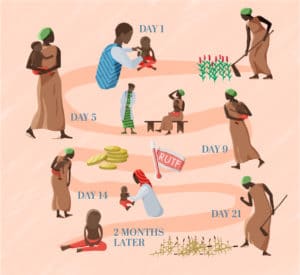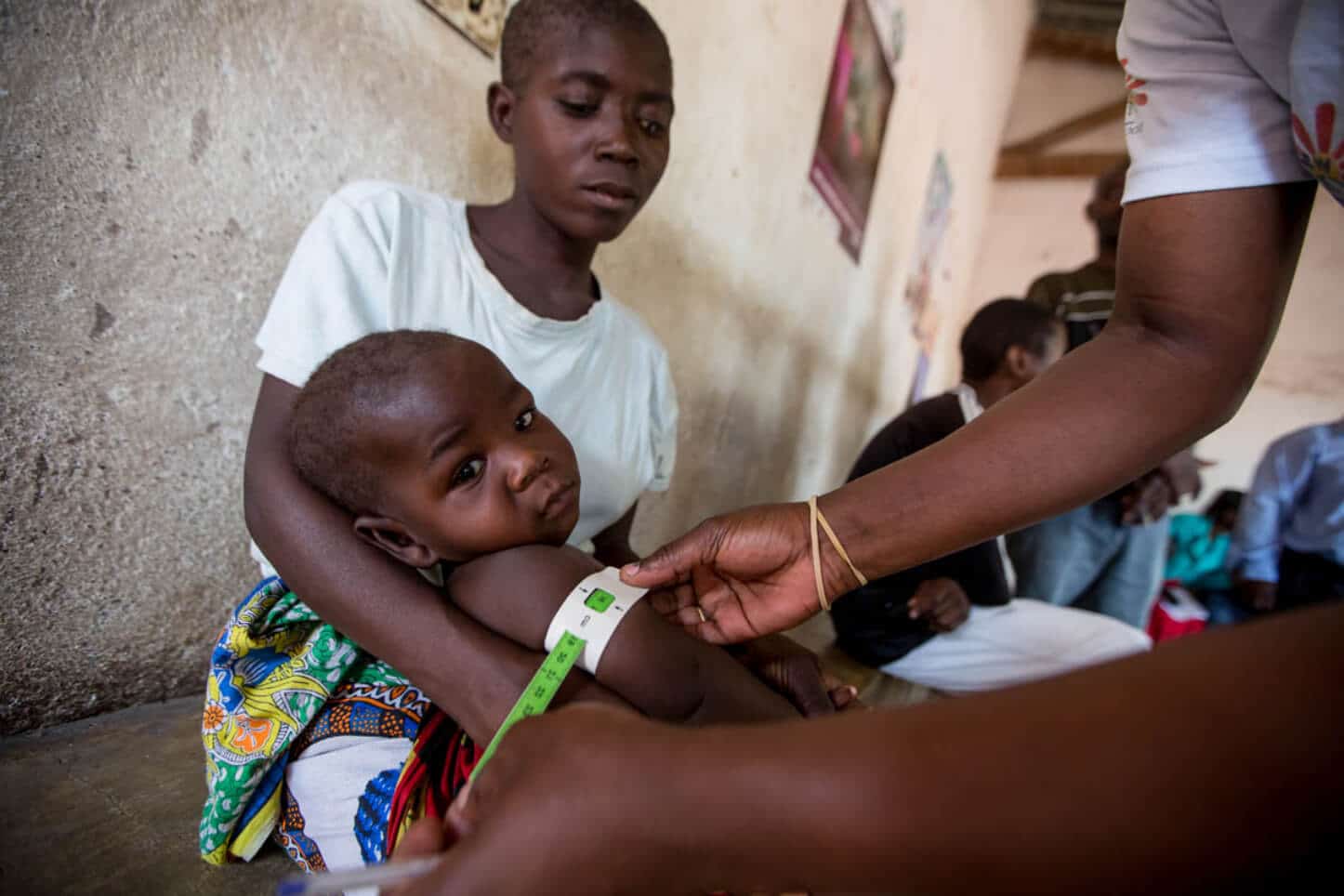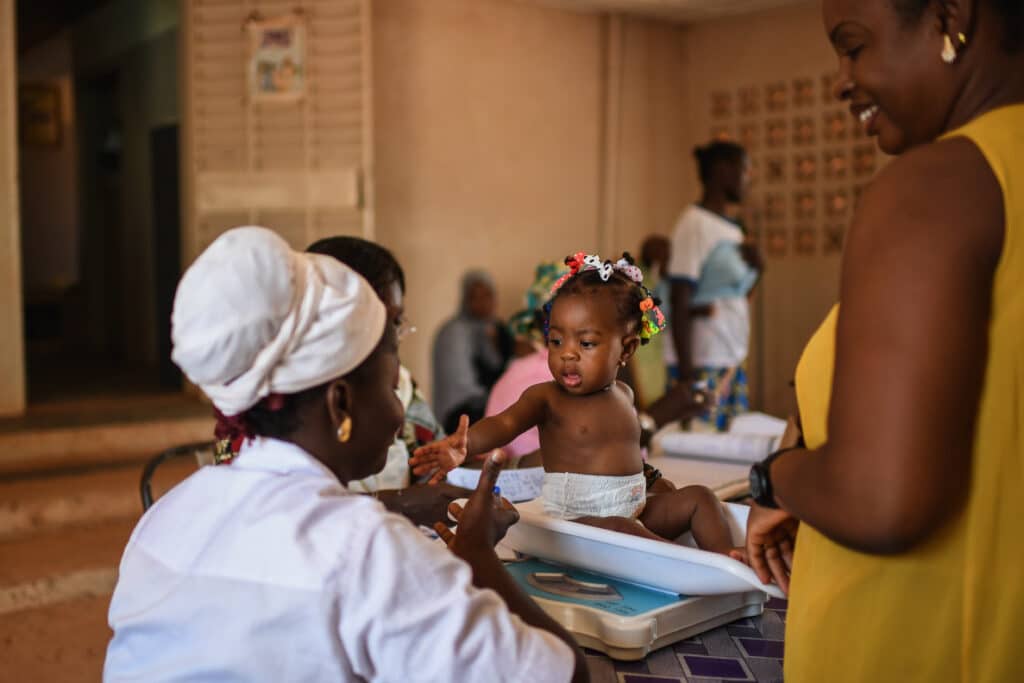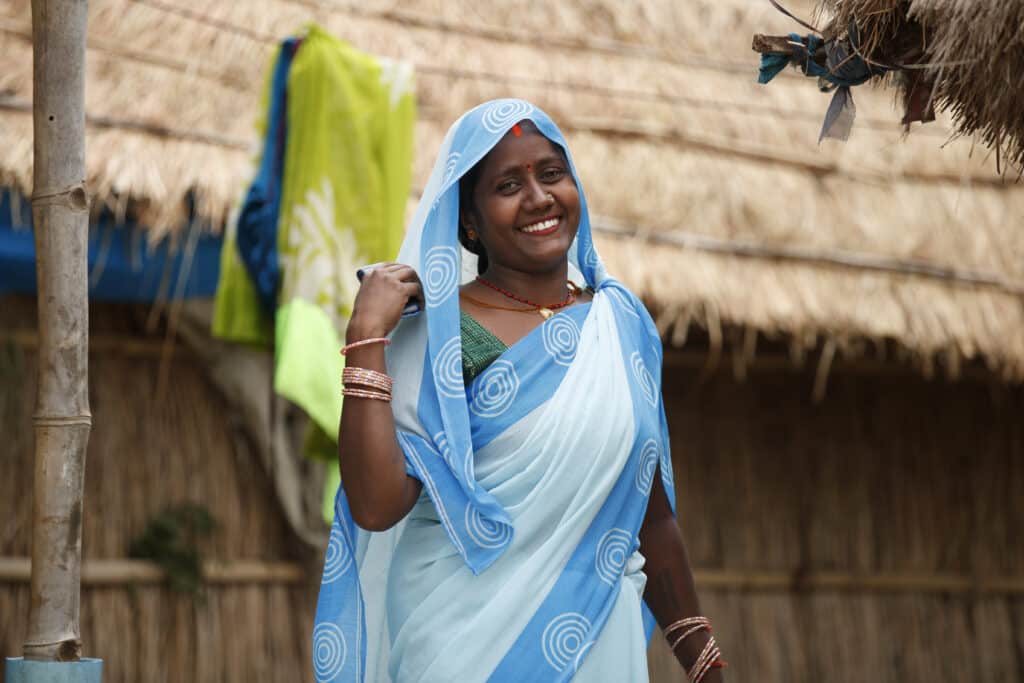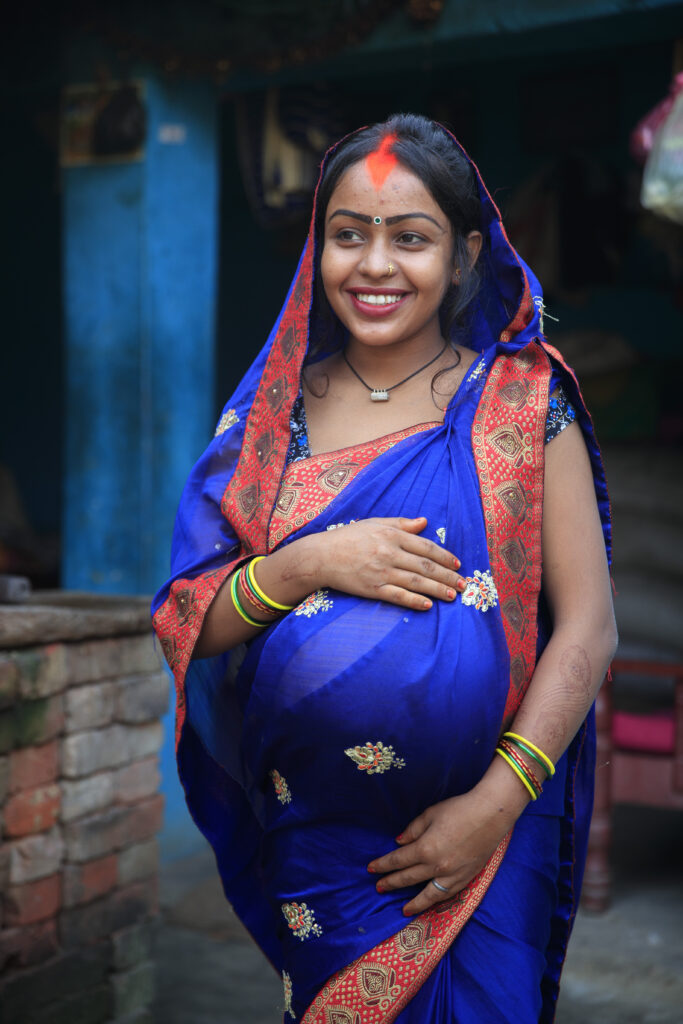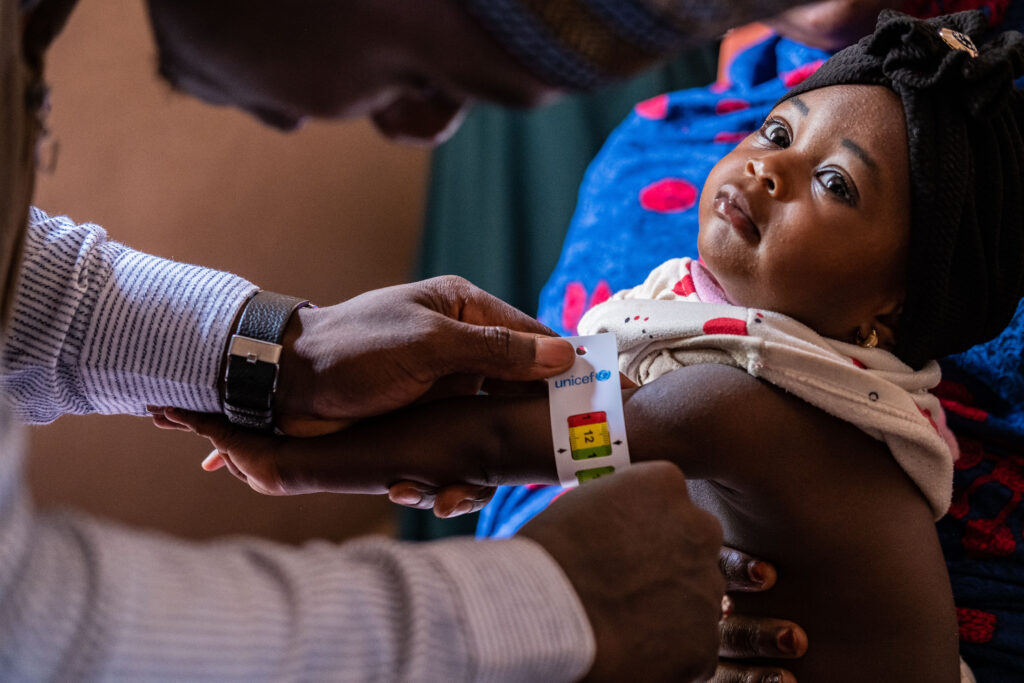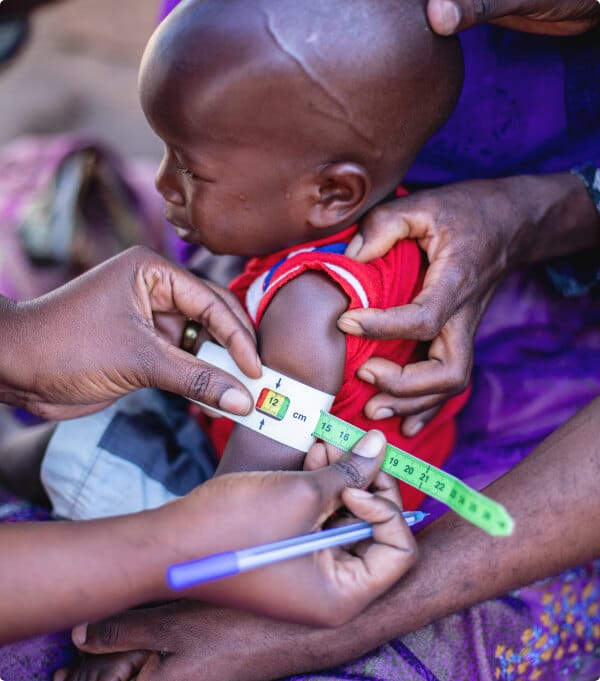
Introduction to Child Wasting
Child wasting is a condition where a child is too thin and is at increased risk of death, disease, and poor development. When a child is wasted, his or her body is so starved of nutrients it literally begins to consume itself. Children need prompt, sustained treatment to enable full recovery.
- Today, there are nearly 50 million children around the world suffering from wasting, and many caregivers struggle to access the life-saving care their children need.
- Less than 1 in 4 wasted children are receiving treatment.
Child wasting is one of the world’s most forgotten public health emergencies. It receives very little political attention and is chronically underfunded. Caregivers seeking help face compounding barriers, including:
- Complicated and disparate treatment services based on the condition of the child
- Difficulty accessing care because it often requires traveling great distances
Esther’s Story: Struggling to Get Care for Akusi Experiencing Child Wasting
Lack of Access to Proven Treatments
Treatment for child wasting, known as ready-to-use therapeutic food, has existed for years, but is still not being provided at scale to the kids who need it most. Some of the most significant barriers to ensuring undernourished children receive life saving care includes lack of:
- Financing & political leadership
- Streamlined treatment services
- Sustainable delivery platforms
The Current System to Address Wasting is Broken
UN Agencies play a critical leadership role in supporting treatment services in countries all over the world. However, how this support is currently organized complicates and compromises care.
The standard approach for treating degrees of wasting relies on different organizations delivering separate protocols and products—frequently in separate locations—and is dependent on parallel supply chains managed by disparate UN and nongovernmental partners. In addition to being duplicative, this system puts an undue burden on mothers and children who must navigate it to survive, often demanding weekly hours-long trips to health centers for six weeks or more.
Moreover, as little as 1mm difference on a MUAC band, designed to measure how thin a child’s arm is as a way to diagnose wasting, can determine where a child receives care.
→ Explore this infographic to see how the system of care is broken.
Fixing This Broken System
To put these interventions effectively to use, we need:
- Accountable leadership
- Investment from donors and governments
- Streamlined supply chains
The Global Action Plan on Wasting, released in 2020, identified UNICEF as the lead agency on wasting and laid the foundation for a revitalized wasting treatment system. It provided a critical framework for making progress on this global health crisis, but ultimately, its success depends on an operational roadmap at the global and country-level to drive impact. In April 2020, ECF funded UNICEF to facilitate the development of the Global Action Plan on Child Wasting Roadmap. As a component of this grant, UNICEF is charged with developing financed plans to address child wasting in target countries.
In December of 2020, UNICEF and the World Food Programme jointly released a Partnership Framework on Child Wasting, adopting an integrated approach to both the prevention and treatment of child wasting, with UNICEF serving as the lead agency and WFP as an essential partner. But there is still a long way to go. Fragmented support for government wasting services and unpredictable financing have limited effectiveness and efficacy.
The global response to wasting treatment demands immediate attention. With a sustained commitment to reform, the global nutrition community can ensure our world’s most vulnerable mothers and children get the life saving care they deserve.
Recommended Reforms for Global Wasting Treatment
The global nutrition community must continue to push for the following reforms, through the UN’s Global Action Plan (GAP): Roadmap for Action on Child Wasting, so more children can receive the life saving care they deserve.
Step 1: EMPOWER UNICEF
As the lead coordinating UN agency on wasting, UNICEF must be empowered to drive a more streamlined global approach and actionable plan to the prevention, detection, and treatment of wasting –including global scale up of the full Power 4 package.
Step 2: MAKE THE INVESTMENT CASE
Unpredictable financing, including inadequate investment by governments and donors, has limited the potential for scaling up life saving treatment. UNICEF must lead on developing an ambitious multi-stakeholder resource mobilization strategy and partners must support efforts to secure long-term, stable financing for this global health emergency.
Step 3: REVIEW UN AGENCY MANDATES
The UN should commission an unbiased, independent review of the current system to identify improvements and define roles for each UN agency working to deliver life saving care.
Step 4: ESTABLISH AN ACCOUNTABILITY MECHANISM
The UN must support the establishment and implementation of an independent review panel to oversee the UN wasting treatment system, including participation by national governments, civil society, and donors.
At the beginning of May 2021, UNICEF and the UK’s Foreign, Commonwealth & Development Office established the Action Review Panel on Child Wasting, including leaders from the donor, civil society, UN, and business communities. It will meet annually through 2025 and mobilize action to: support low- and middle-income governments to reduce child wasting; scale up programs and services for the prevention, early detection and treatment of child wasting; accelerate long term financial commitments to ensure sustainability of these programs; and provide commodities for wasting treatment.
Step 5: IMPROVE DELIVERY OF READY-TO-USE THERAPEUTIC FOOD (RUTF)
The UN should undertake an independent review of the RUTF supply chain to clarify UNICEF’s responsibilities, and to aid wider reform of the UN supply chain system.
Step 6: PUBLISH CRITICAL FUNDING DATA
UNICEF should make public comprehensive data on UN-supported services worldwide, to inform wasting treatment, costing, and projections.
Through these priority reforms, we will be able to save many more children from wasting.
Footnotes:
- Identified in the Global Action Plan (GAP) on Child Wasting Framework released March 2020, www.childwasting.org.
- The Child Wasting Roadmap for Action will provide the operational details for the GAP on Child Wasting Framework.

